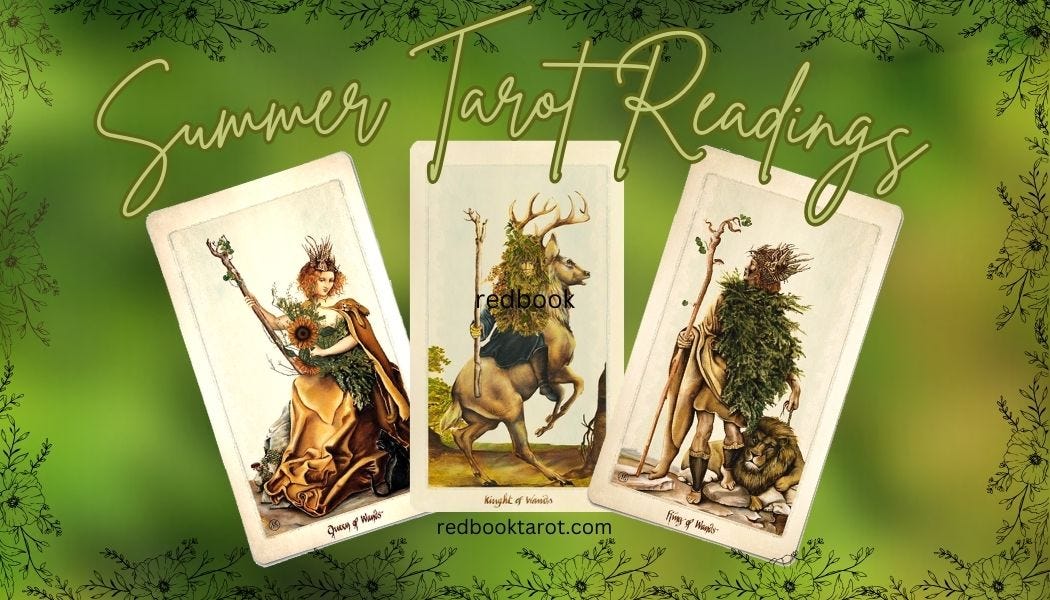If you liked reading this, feel free to click the ❤️ button on this post so more people can discover it on Substack 🙏
The Selkie
In Celtic and Norse mythology, selkies or selkie folk, meaning 'seal folk,' are mythological beings capable of therianthropy, changing from seal to human form by shedding their skin. They are found in folktales and mythology from the Northern Isles of Scotland.
The Selkie is a women's tale that explores the sacrifices, conflicting and competing needs, and desires women face as they are asked to sacrifice parts of themselves to be wives and mothers and conform to societal norms around those roles.
The Selkie archetype is then one of shapeshifting, changing who we are out of love for another and the perils of that to our soul. The Selkie archetype is about self-sacrifice but also about the loss of self and the power needed to reclaim who we truly are.
In the typical tale, a selkie comes ashore in her human form and meets a fisherman. They fall in love, and she agrees to marry him. They have a child and live happily for a while in the fisherman's cottage by the sea.
Depending on the version, either her husband or the woman herself has hidden her seal skin, which she needs to return to her life as a seal in the sea.
Time passes, and the woman feels a deep longing to return to her true nature and rejoin her sisters in the wild sea.
She is no longer happy, and her desperation to reconnect with her true self becomes too much to bear.
Finally, she makes the anguish-filled decision to leave her husband and much-loved child to find herself again.
She puts on her seal skin and disappears into the ocean.
In many versions of the stories, she does this without her husband's knowledge (and never with his blessing), but she tells her child the truth and returns each year on the child's birthday to see her.
In Seal Skin, Soul Skin, a fable about returning to our wild origins (originally from the Inuit Nation), Dr. Clarissa Pinkola Estes retells a similar myth with deep feeling and power.
Listen to Pinkola-Estes’ version of the selkie myth below
The Selkie Story Within Us
The Selkie story is ancient and undoubtedly told from a woman’s perspective. Yet, as I’ve worked with this myth over many years, I’ve come to understand that this interpretation is the first layer of meaning held within this myth.
Like all enduring myths and legends, the core message, the kernel of wisdom nestled deep under the strata of words, plot devices, characters, twists, and surprise endings, is a universal truth. Something everyone, everywhere, can relate to.
The device used here is that of a family unit in which the woman, the wife, and the mother must come to terms with sacrifice, love, choice, and identity; it is just a container or setting for a more profound internal struggle.
It is instructive to understand the “family unit” as representing or symbolizing the internal psyche of any human being. We can envision the woman as the soul and the husband and child as other parts of the Self.
The Soul’s longing for self-realization ("fulfillment by oneself of the possibilities of one's character or personality"~ Wikipedia) or individuation is at the heart of this myth.
In Carl Jung's work, he suggested that this was a self-realization process. Throughout life, people are prone to losing touch with certain aspects of their true selves. Through individuation, they are able to integrate these aspects of themselves with all of their new learning and experiences that they gain throughout life. ~ Jacoby M. Individuation and Narcissism: The Psychology of Self in Jung and Kohut. Routledge; 2016
At some point in our lives, we experience moments of crisis in our journey to becoming our true selves. The Selkie myth alerts us that a child part of ourselves may become agitated as we change, grow, and move away from entrenched safety mechanisms or coping strategies that we rely upon to feel safe, accepted, loved, or valued.
Discover your Inner Child Archetypes HERE
Becoming more empowered, robust, confident, and capable is a positive change, yet it may feel terrifying on some level. The struggle within, knowing that you were meant for more, you’re capable of more, and you desire to use a cliche, be all that you can be, may well leave younger, less developed parts of you fearing abandonment and rejection.
The husband in the Selkie myth can represent the ego and more controlling parts of the Self. These parts may become panicked, pondering questions like, Who will I be if I change this way? Was I not good enough before? What if I make this change and then others reject me? Who do I think I am to aspire to become a better version of myself? What if I lose everything because I change?
There may also be some doubt about the reality of the authentic self you believe is calling to you. It’s pretty easy to convince ourselves that we must stay put in our current state and that the possibility of change into something more whole, harmonious, integrated, creative, expressive, and powerful is part of what we are designed to be is simply a delusion, and a dangerous one at that.
More than the story of a woman caught in the cultural confines of what marriage and family sometimes feel like, it is the story of what goes on inside each one of us as we break through our limited thinking and our fears and face the internal emotional and psychological struggles of becoming who we are truly meant to be. This story is about risk and the courage to become, evolve, and blossom into our potential.
Watch a moving short video retelling of the Selkie myth. It's touching and sad but quite beautiful.
What’s your experience with the Selkie myth? Is it a favorite, or is it brand new to you? How have you struggled with internal change and become more than you were before?
The comments section is a safe and welcoming space to share your insights and experiences.
Comments and conversation are always appreciated and enjoyed, so feel free to let your voice be heard. I read them all and try to respond to each one.
Thank you for reading Hedge Mystic and participating in this vibrant and growing community of creative, spiritual humans. You are always welcome here, appreciated, and loved.
PS
The summer season is the pinnacle of the Sun’s illumination, and its deep insight and powerful fire to transform make this a perfect season to book a tarot consultation or coaching session. Learn more and book HERE. When you email to book, tell me you’re a Hedge Mystic subscriber and Save $10 in honor of the summer solstice! You will get a 20% discount on Tarot Readings and Tarot Coaching packages if you're a paid subscriber.









This tale is very much a part of my personal mythology. I first discovered it when I was a child and watched The Secret of Roan Inish for the first time. The tale came back to me when I was in my late 20s and a mother for the first time. It is interesting that this tale has mostly been looked at from the feminine perspective but as you mentioned it is a universal story. I tend to see it as relating to anyone who loses touch with their creative self, intuition, inner voice. There is also a selkie story that is about a male selkie who couples with a human woman. Are you familiar with it?
Beautiful. It’s worthwhile exploring my perspective from the man’s pov. I’ve always seen it just from the woman’s. Here’s an interesting song from that perspective- the person we’ve become, maybe society has had a large hand in the grooming. How to heed the call and allow that part of ourselves to leave , with that society part of us saying “no stay here where it makes sense
”
https://youtu.be/vMTEtDBHGY4?si=uK5pVLGju2R3LnNP